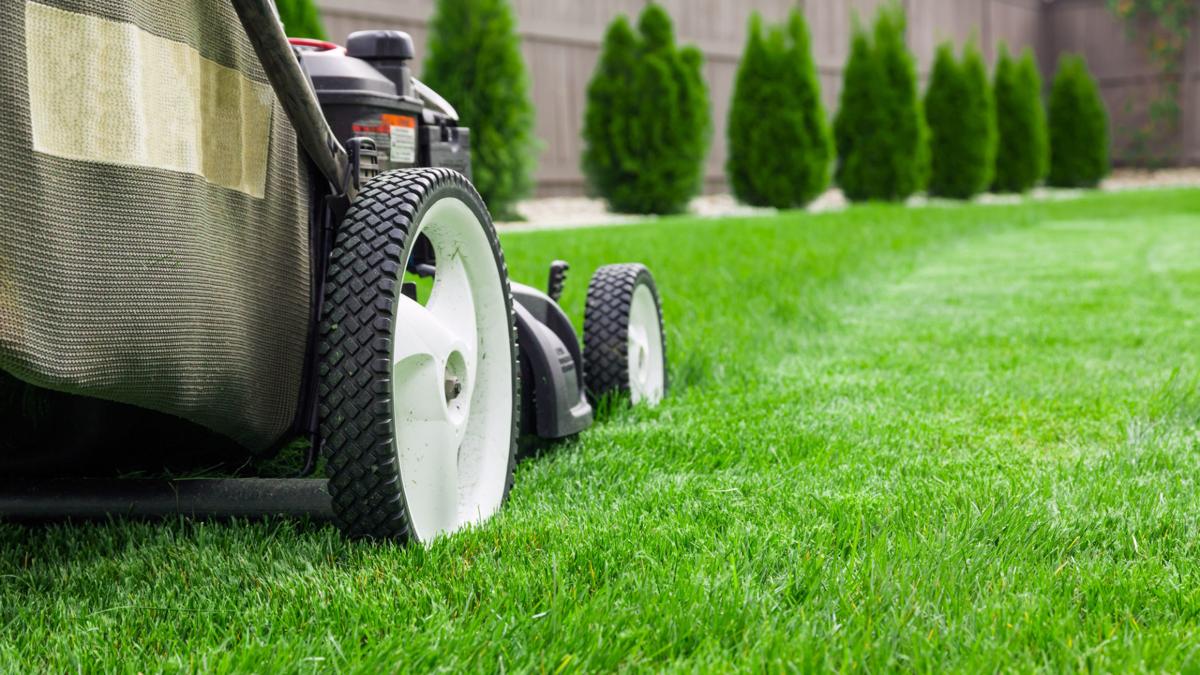Eco Talk: Tips for healthy lawn management
Judy Wright Special to The Citizen - Apr 30, 2020

Deposit Photos
As I am writing, I hear the hum of lawn mowers in my neighborhood. While mowing the lawn gives many of us a reason to go outdoors after being cooped up from both a long winter and, more recently, the New York State on PAUSE order, there are some considerations to achieve the best results for both the lawn and the environment.
Lawns are loosely described as an open area of closely mowed grass associated with a house, garden or park. There are historical references where lawns are associated with old world aristocracy in the 1600s, and livestock grazed the land. Our current concept of lawns and their care developed after World War II, as suburbs were created. Levittown is considered to be one of the first planned large-scale subdivisions, and each of the over 17,000 homes had its own lawn.
The idea of a perfect lawn has evolved over time to be made up of grasses only. Yet many of the current species of grasses used are not native and have since replaced native vegetation. We know that native species are adapted to our climate, have a deeper rooting system that aids in reducing erosion, and are not a food source for wildlife.
Have you considered not fertilizing in the spring? A strong lawn can sustain itself with nutrients released from the soil and grass clippings. Also, the many individual turf grass plants making up a lawn are just now fully waking up and their energy is going to make healthy roots. When they receive a shot of nitrogen fertilizer too early, it stimulates leaf growth and detracts from strong root development.
If you must fertilize, do so in the fall. Ideally, take a soil sample to analyze what nutrients, if any, are needed. Should you need to fertilize, do so with the right rate and at the right time to create strong plants and a dense lawn to out-compete the weeds. Believe it or not, over-fertilization can encourage weed growth.
Now that the lawn is growing quickly, you will need to mow more often, perhaps every five days, then move to every seven to 14 days for the remainder of the season. You are not mowing frequently enough if you have piles of clippings.
When you mow, you only want to remove 1/3 of the leaf blade. Remember: During dry spells and drought, a healthy lawn will naturally go dormant. While it looks like it is dead, the individual plants are saving energy and watering is not required. A healthy lawn will green up once cooler temperatures and rain arrive.
There are some simple and easy non-pesticide measures to control many broad-leaf weeds, which focus on good cultural practices. The first is to mow no less than 2.5 inches high and preferably at 3 to 3.5 inches. It is easy to adjust your mowing height by running the mower a few feet and measuring the height of the remaining grass leaf. You can then adjust the blade height up or down.
If you have been overrun with dandelions and other broad-leaf weeds, surprisingly the best time to control them is in the fall. Plants start storing root reserves about mid-September through November, making them more susceptible to weed killers (herbicides). When applied at the right time, the herbicide enters the plant, travels to the root with the food reserves and kills the plant completely.
If you choose to not use a herbicide, Cornell University has a publication titled “Lawn Care Without Pesticides” that can be found at https://hdl.handle.net/1813/43857. The National Gardening Association has a website to identify common weeds found at https://garden.org/learn/articles/view/2395.
In 2005, it was estimated that approximately 900,000 acres were devoted to lawns in New York state, accounting for about 75% of the managed turf grass in the state. So what you and your neighbors do collectively to manage your lawns really does make a difference to the environment. A properly maintained lawn, even with a few weeds, can be an environmental asset; yet a poorly maintained lawn, whether from neglect, poor management or the overuse of fertilizers and pesticides, can be an environmental liability.
If you are interested in controlling weeds in your lawn with a herbicide, be sure to read the label of any herbicide you choose and carefully follow the directions. To explore your lawn care options, contact your local Cornell Cooperative Extension office for soil sampling information and assistance with other questions you may have.
